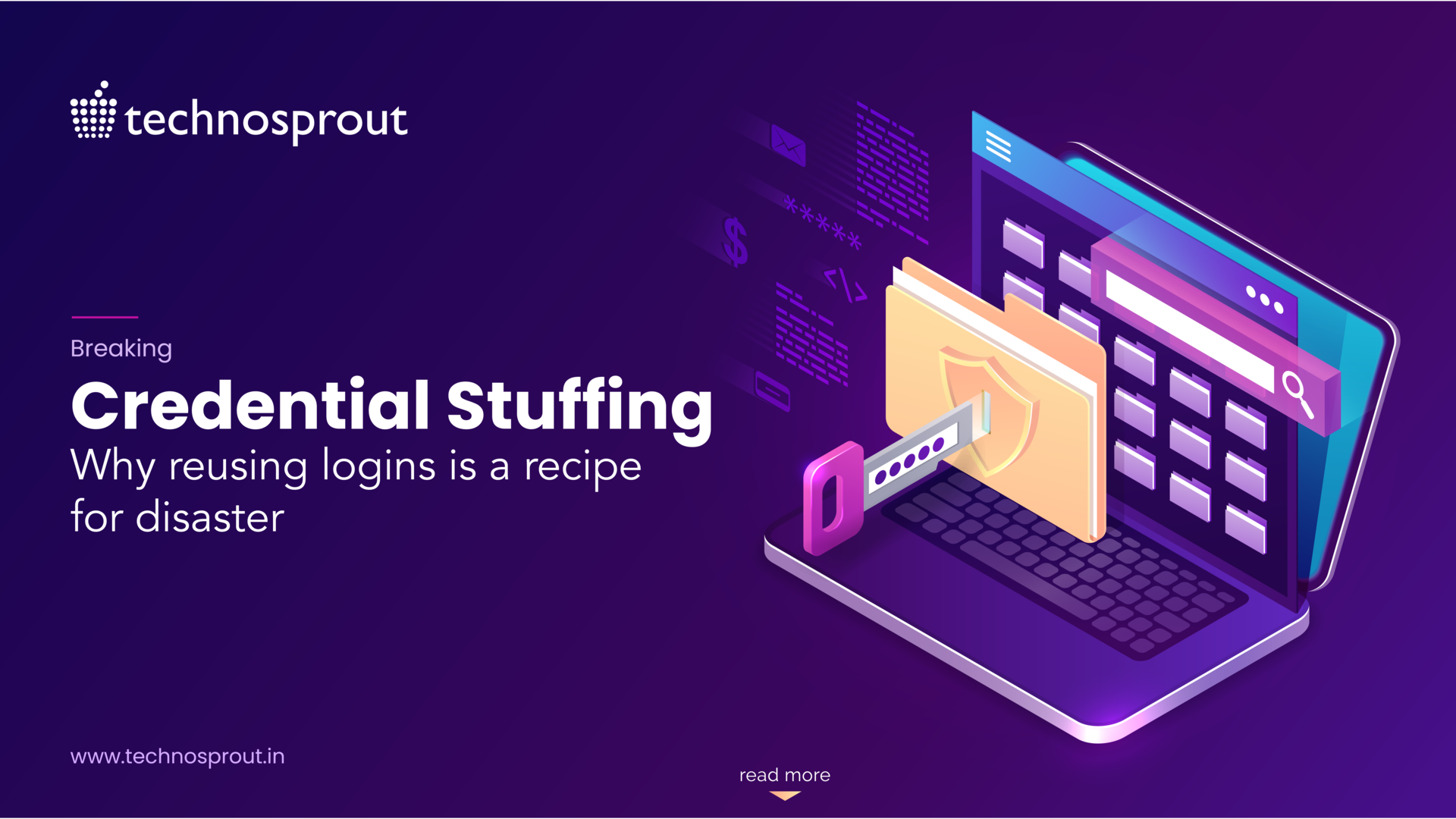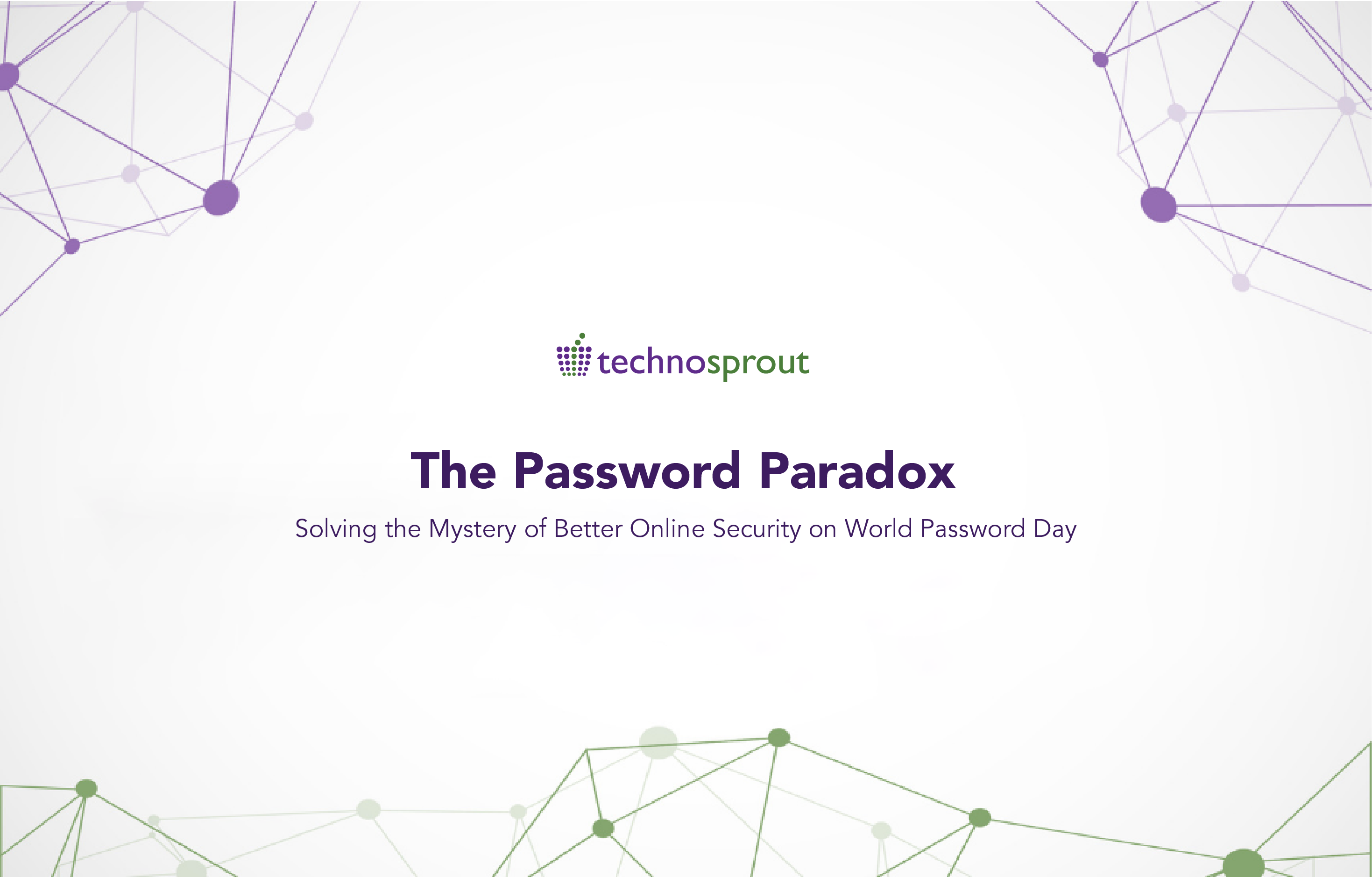Firewall provided by public cloud service providers is not sufficient to protect the workload running on cloud infrastructure.
A recent cloud computing security study conducted by the Poneman Institute and sponsored by Dome9 reveals that 67 percent of IT professionals claim their organization is left vulnerable to hackers due to lax cloud port and firewall security.
The firewall rules or Security groups or Azure firewall provided by various Cloud Service providers are the set of rules to direct traffic based on Port and Protocols. This is just a stateful inspection firewall invented 25 years ago.
Do you think such dated technology is enough to secure new age sophisticated cyber threats?
No, they aren’t secure enough to prevent such sophisticated cyber threats,it is essential to build a robust first line of defence for your public cloud infrastructure, and for that you need to have a next generation firewall that can inspect traffic at Layer 7 and not only route based on ports and protocols.
Layer 7 lets you sort traffic according to which application or application service the traffic is trying to reach, and what the specific contents of that traffic are. Rather than simply blocking all traffic on a certain port, you could use an application firewall to accept traffic on that port in general, but block any traffic that contains a known vulnerability (such as a SQL injection attack or a malicious telnet command).
Your cloud firewall should be able to:
- Identify and control applications, grant access through user-based policies, and prevent known and unknown threats from entering the network perimeter.
- Provide application visibility across an entire multi-cloud environment, helping organizations make better informed decisions about security policies and procedures.
- Automation and centralized management enable developers to embed next-generation security in the application development lifecycle, ensuring security functionality can keep pace with cloud-native development strategies and DevOps principles, such as continuous integration and continuous delivery (CI/CD).
- Support segmentation and micro segmentation strategies that isolate critical applications and data in secure segments to block the lateral movement of threats and streamline regulatory compliance.
- Inbound automated attack or botnet traffic such as DDoS and malware activity can penetrate security layers and consume valuable processing power. When a system is under attack, bot detection investigates whether a web client source is human, an automated browser script, or even a headless browser. A strong firewall should have capabilities to deliver always-on protection which helps in preventing automated layer 7 DDoS attacks, web scraping, and brute force attacks
Build a firewall setup that fits the requirements considering these factors. These factors will help you utilize and give the ability to layer more than one security device and configure the internal network to filter any traffic coming its way.
What is a firewall?
Firewalls carefully analyze incoming traffic based on pre-established rules and filter traffic coming from unsecured or suspicious sources to prevent attacks. Firewalls guard traffic at a computer’s entry point, called ports, which is where information is exchanged with external devices.
The different types of Firewalls are:
- Packet Filtering Firewalls
- Next-Generation Firewalls (NGFW)
- Proxy Firewalls
- Circuit Level Gateways
- Stateful Packet Inspection
Firewall and Inline Security
Inline means that all production traffic must pass through the device, like a firewall or intrusion prevention system (IPS) before they proceed up the protocol stack. Any failure of an inline network device typically results in dropped packets, which can cause errors in the computing programs and processes that rely on the successful transmission of those packets.
Why are firewalls important for your organization?
Firewalls are the first line of a network’s cyber defense. This significantly decreases the threat surface of the network by blocking numerous ways in which a hacker can infiltrate the network.
Once a firewall is selected and configured, monitoring is essential. Continuous monitoring services are designed to help detect and respond to any potential cybersecurity threats that live in your network.
If your organization stores, processes, or transmits customer personal data or performs other functions protected by data protection laws and regulations, implementing a basic cybersecurity solution is a common requirement for maintaining compliance. Failing to implement and properly configure a firewall is commonly considered a failure to meet the minimum cybersecurity and may result in your organization being fined or facing legal action.
If you need any help in installing a firewall for your business or to have a clear understanding on what kind of firewall would be suitable for your organisation, you could visit our website.





